Learn how to install vinyl siding
Learn how to install vinyl siding and enhance the value of your home effortlessly. Vinyl siding not only adds a sleek and well-maintained look to your property but also offers energy efficiency benefits. Whether you choose to hire a professional or embark on a DIY project, understanding the installation process is crucial.

Why Choose Vinyl Siding?
Installing vinyl siding comes with numerous advantages that have made it a popular choice among homeowners since the 1950s.
1. Affordability: Vinyl siding is a cost-effective solution compared to alternatives like brickwork, wood, or stucco. Professional installation costs are also significantly lower.
2. Aesthetic Options: With a wide range of colors, patterns, and styles, vinyl siding allows you to customize your home’s exterior. From clapboards to shingles or shakes, the choice is yours.
3. Durability: Vinyl siding is highly durable and can withstand various weather conditions. Most products come with long warranties, ensuring peace of mind.
4. Low Maintenance: Unlike traditional wooden siding, vinyl requires minimal maintenance. Cleaning with soap and water is usually sufficient, eliminating the need for painting or staining.
5. Energy Efficiency: Vinyl siding provides an additional insulation layer to your home, reducing energy consumption. Some options even integrate purposeful insulation within the panels.
Tools and Materials Required for install vinyl siding
To successfully install vinyl siding, gather the following tools and materials:
– Vinyl Siding Panels: Purchase enough panels for your house, considering potential errors or future repairs.
– J-Channel: Required for framing around windows and doors.
– Starter Strip: Secures the first course of siding to the home.
– Vinyl Siding Corners: Both inside and outside corners.
– Galvanized Nails: Rust-resistant nails for longevity.
– Hammer or Nail Gun: Used to attach siding panels to the wall.
– Tape Measure: Essential for precise fitting.
– Level: Ensures straight and even installation.
– Utility Knife: Useful for cutting and shaping siding panels.
– Tin Snips: Ideal for intricate cuts in vinyl.
– Pry Bar: Helps remove old siding or create space for adjustments.
– Chalk Line: Marks guidelines for straight lines.
– Ladder: Depending on the height of your house, an extendable ladder may be necessary.
– Safety Equipment: Safety glasses, work gloves, and a hard hat if required.
– Silicone Caulk: Seals openings or gaps to prevent moisture infiltration
By following these guidelines, you can successfully install vinyl siding and enjoy the benefits it brings to your home’s value and appearance.

